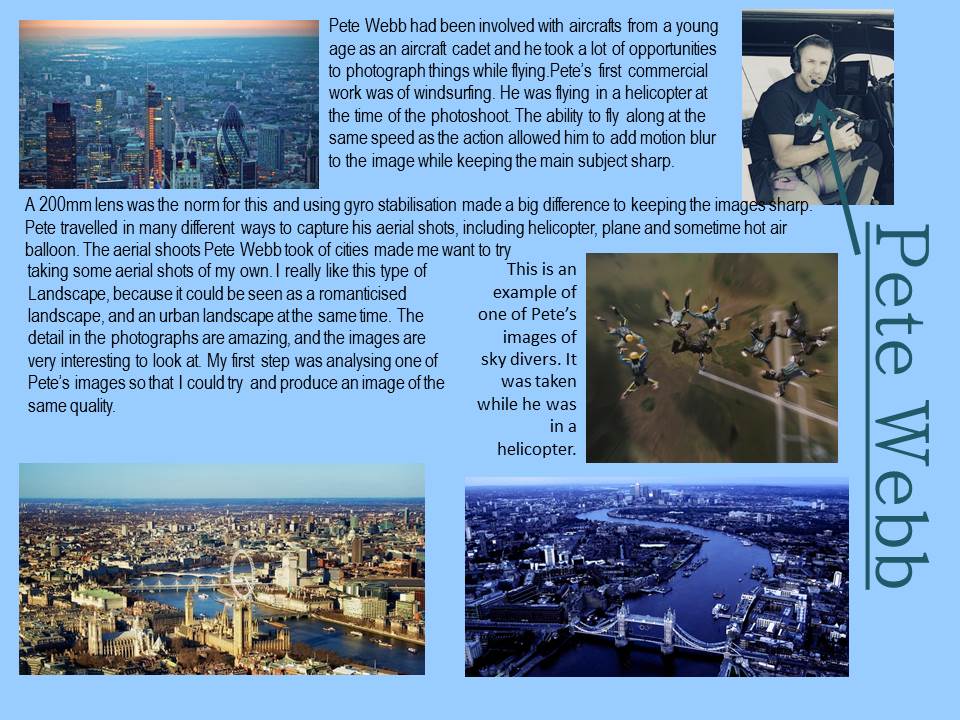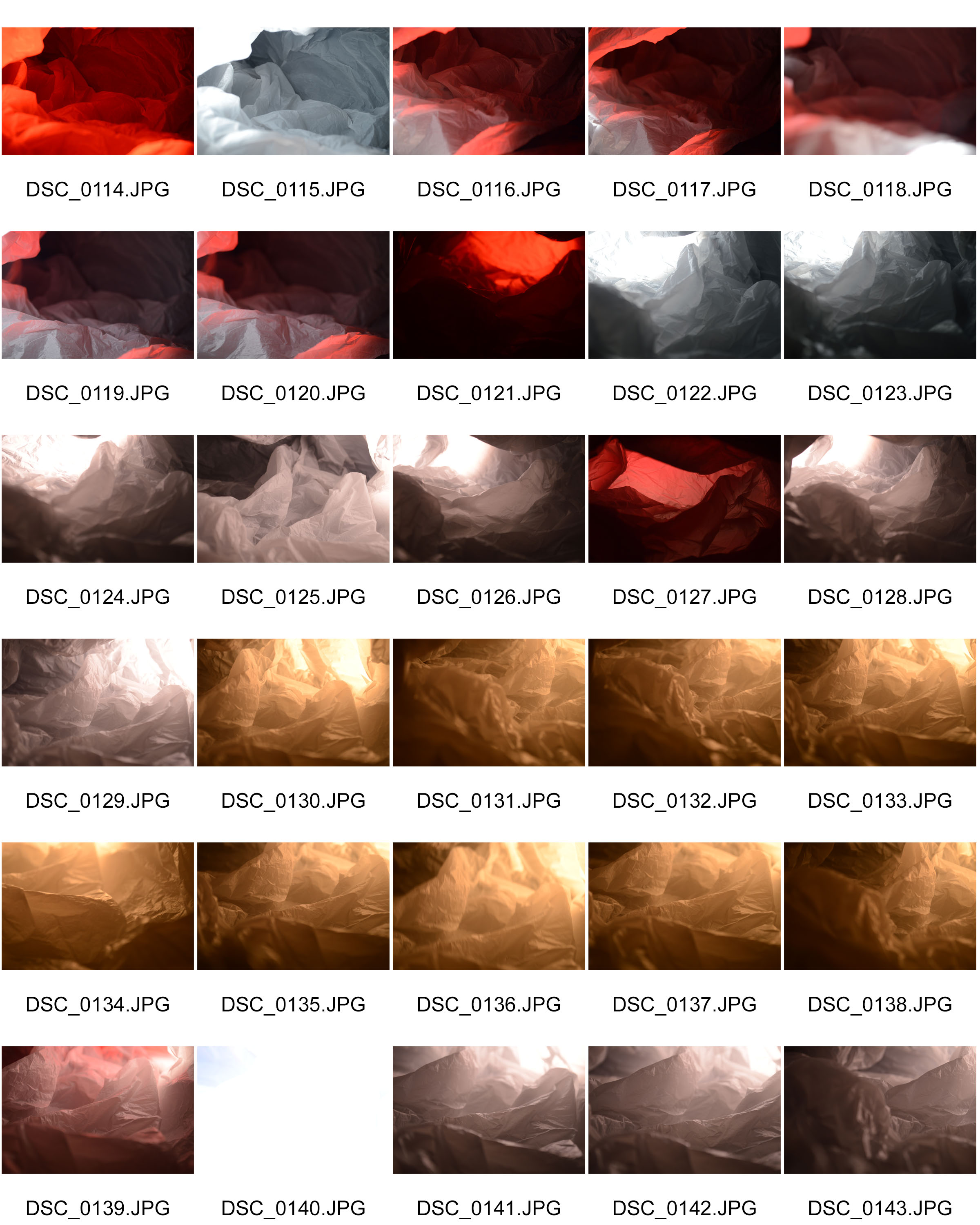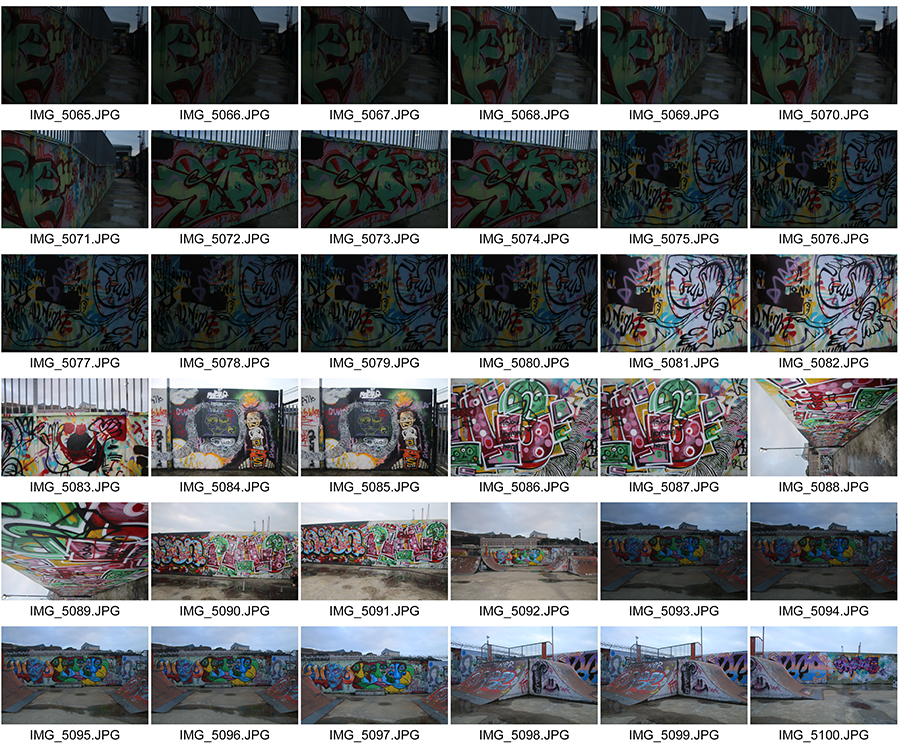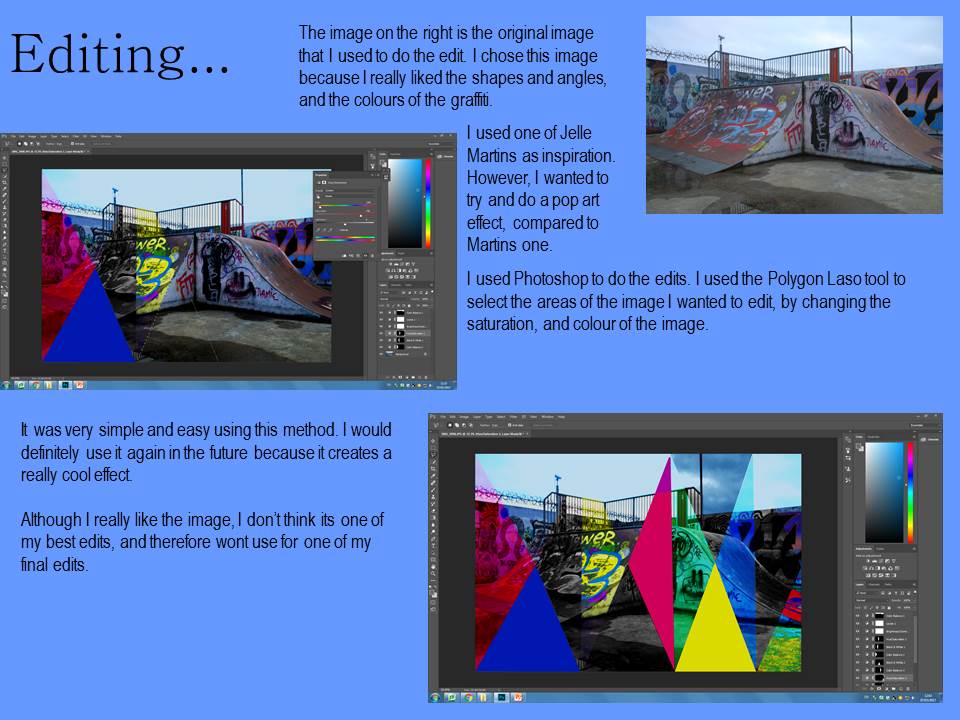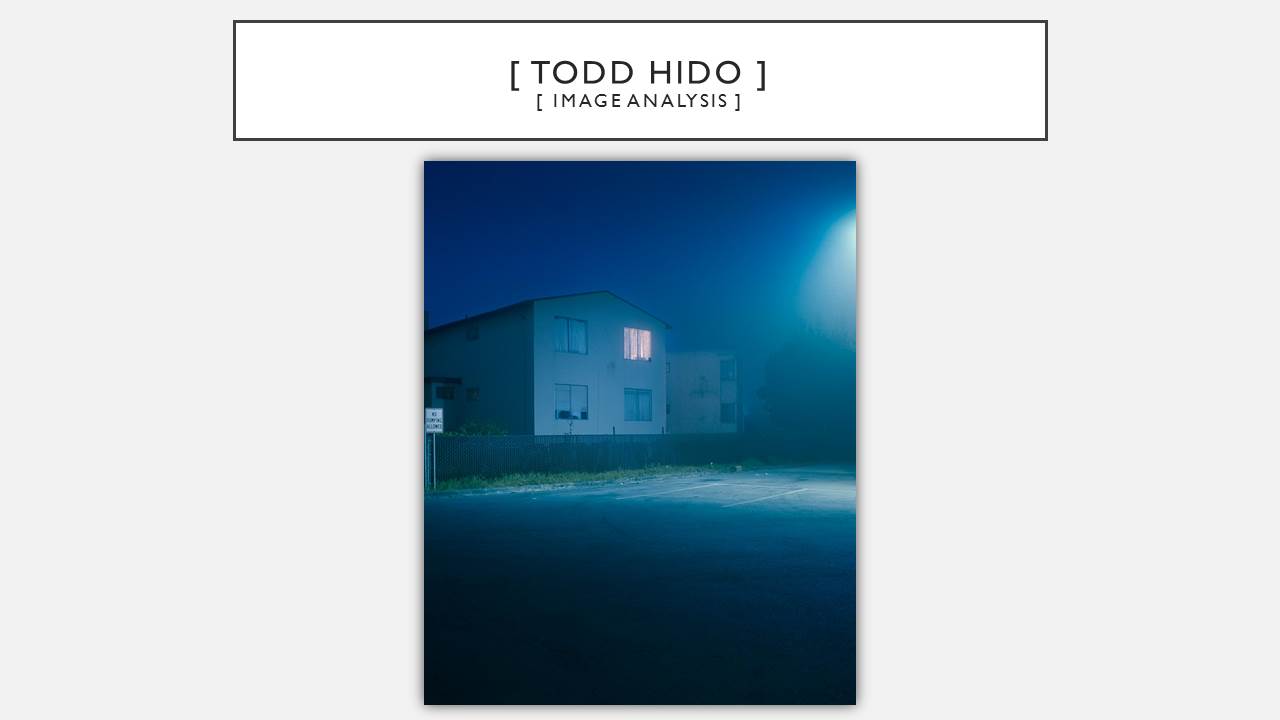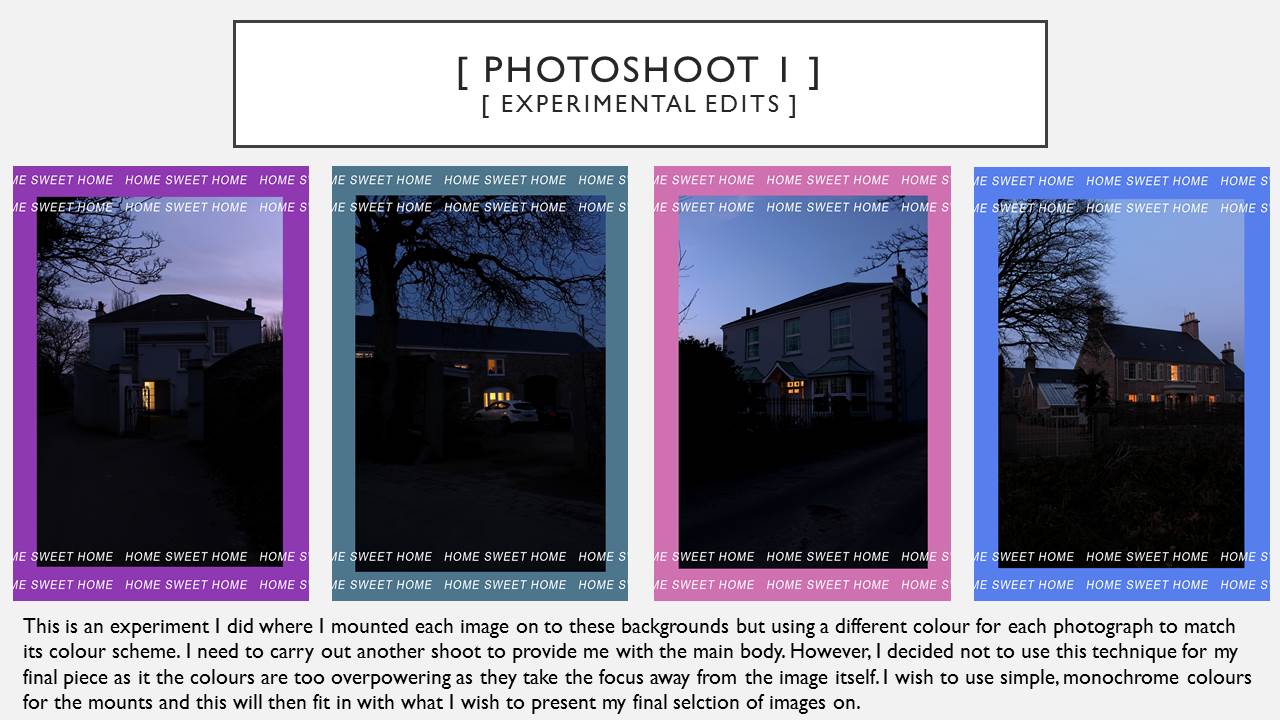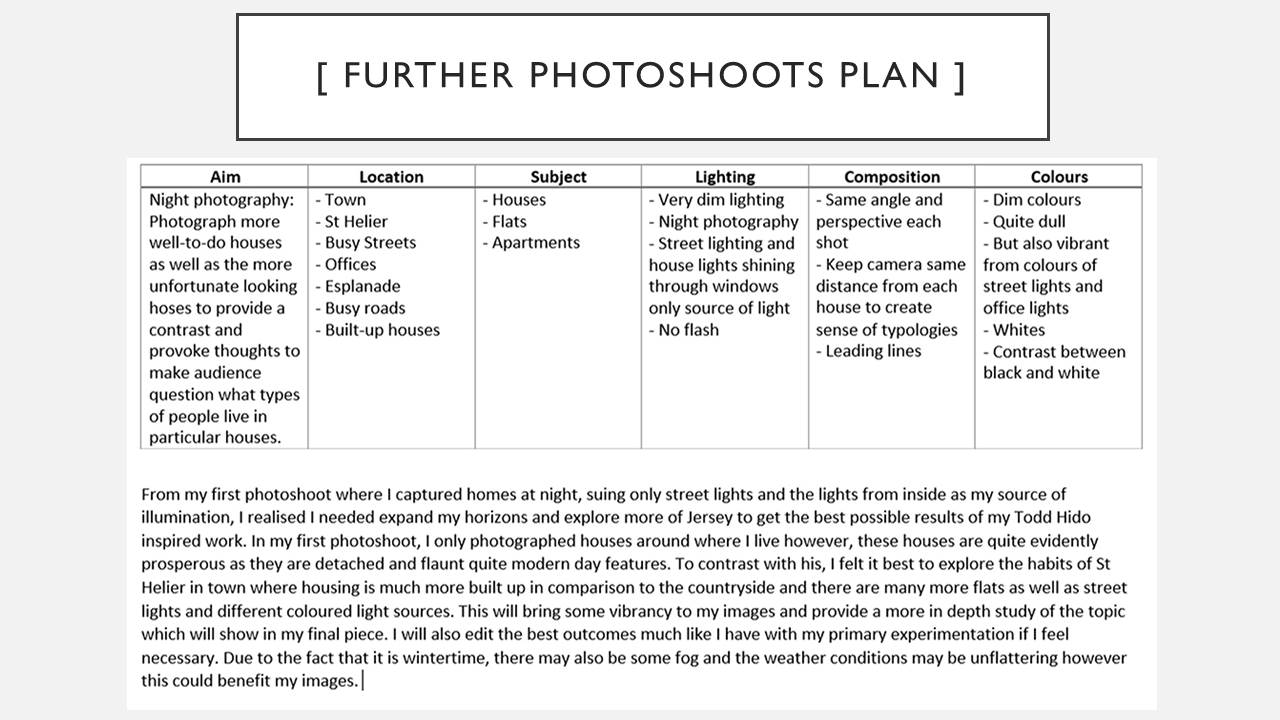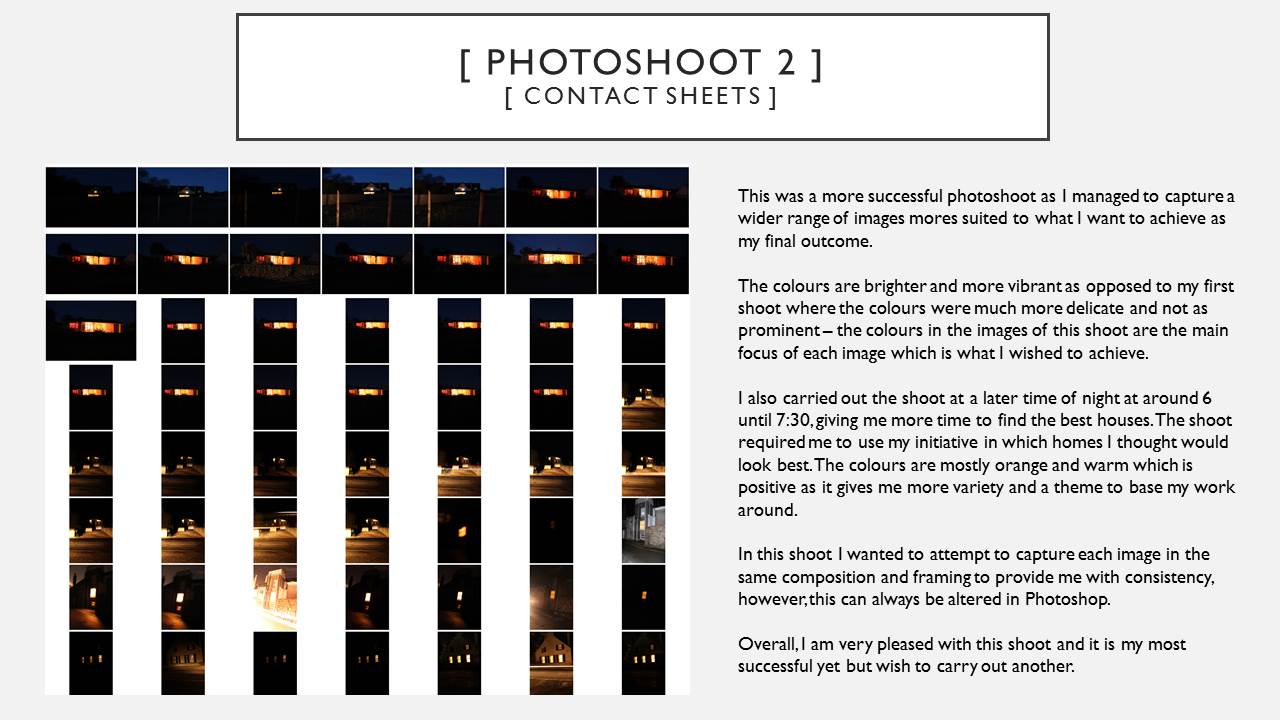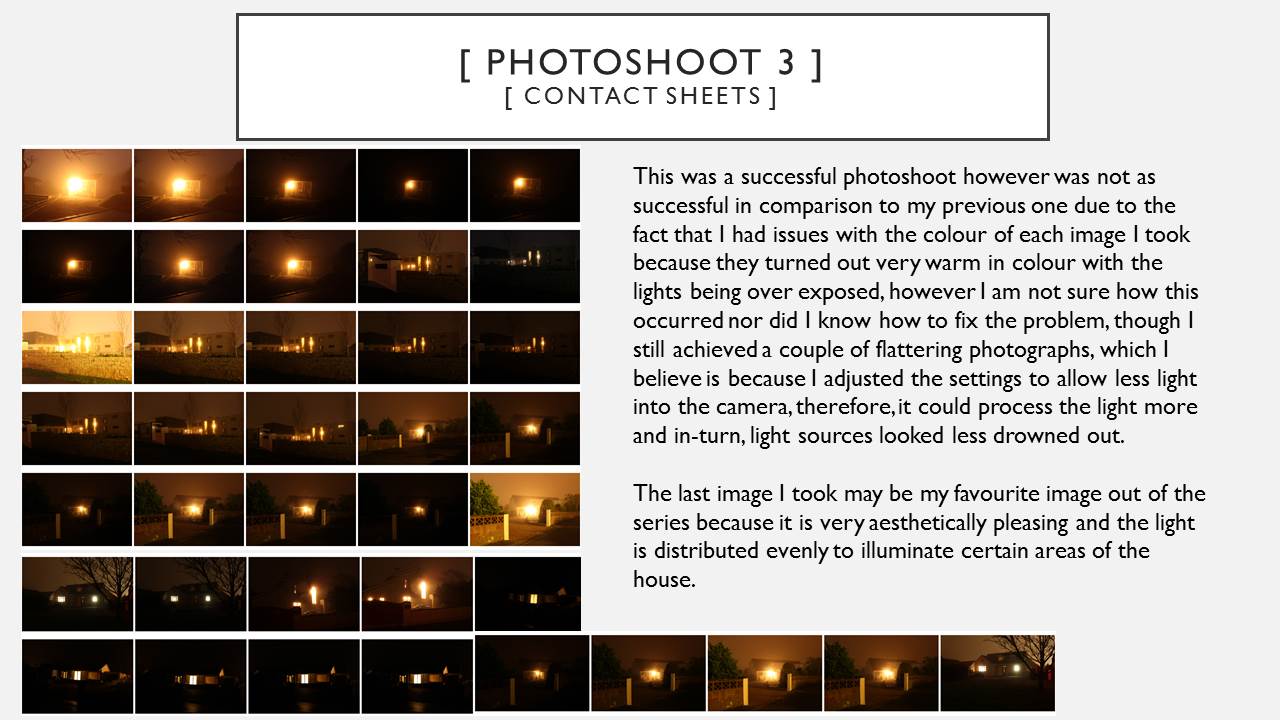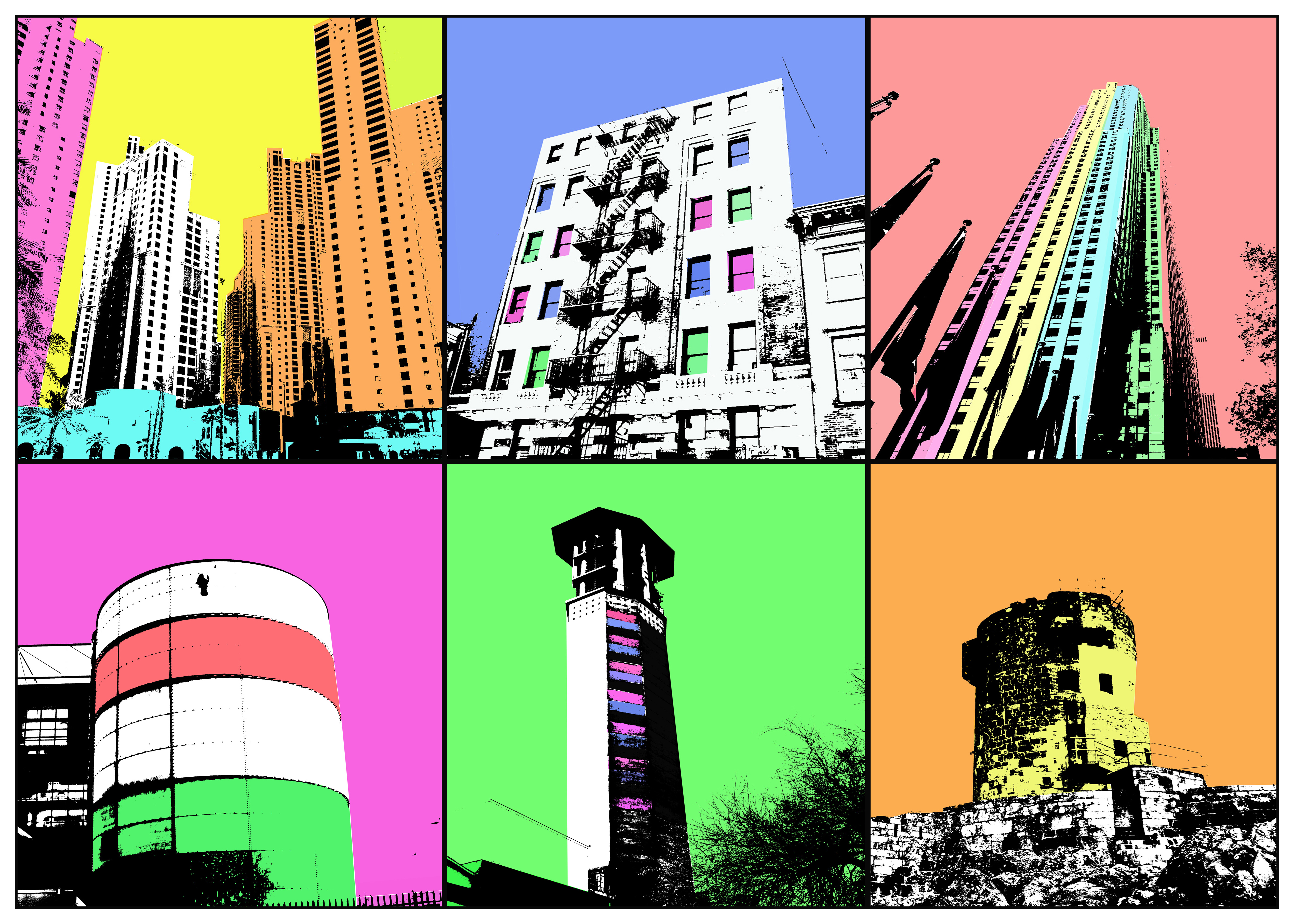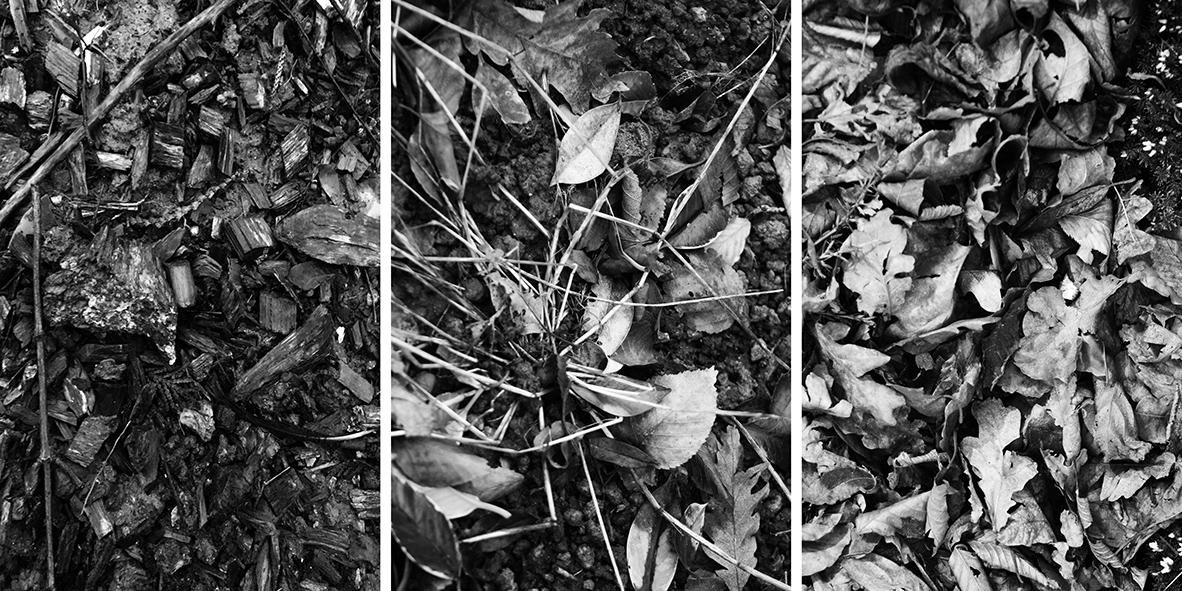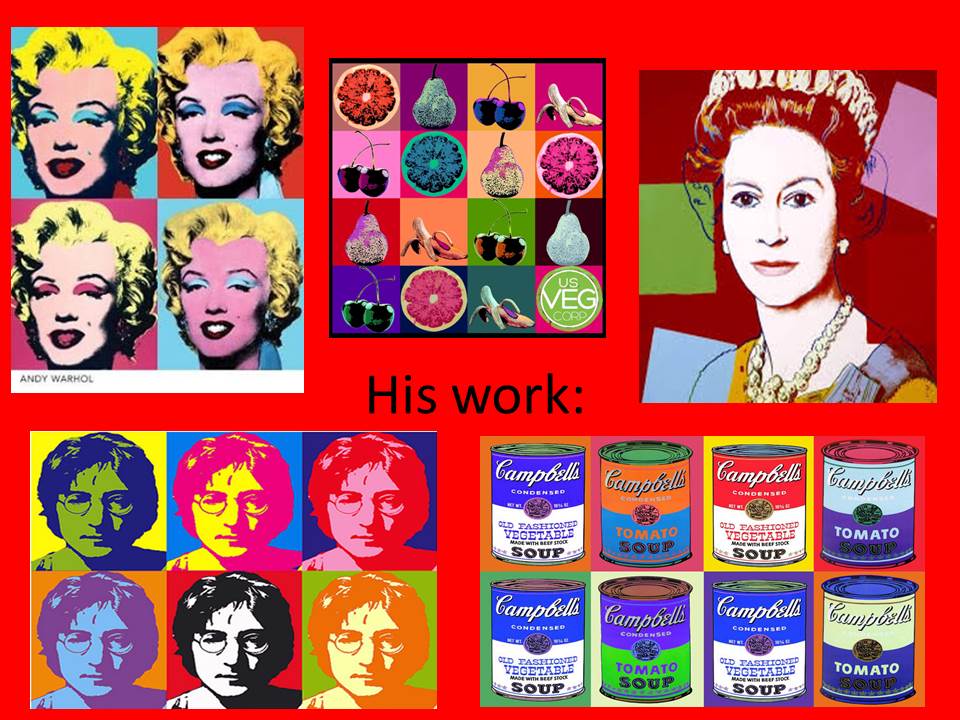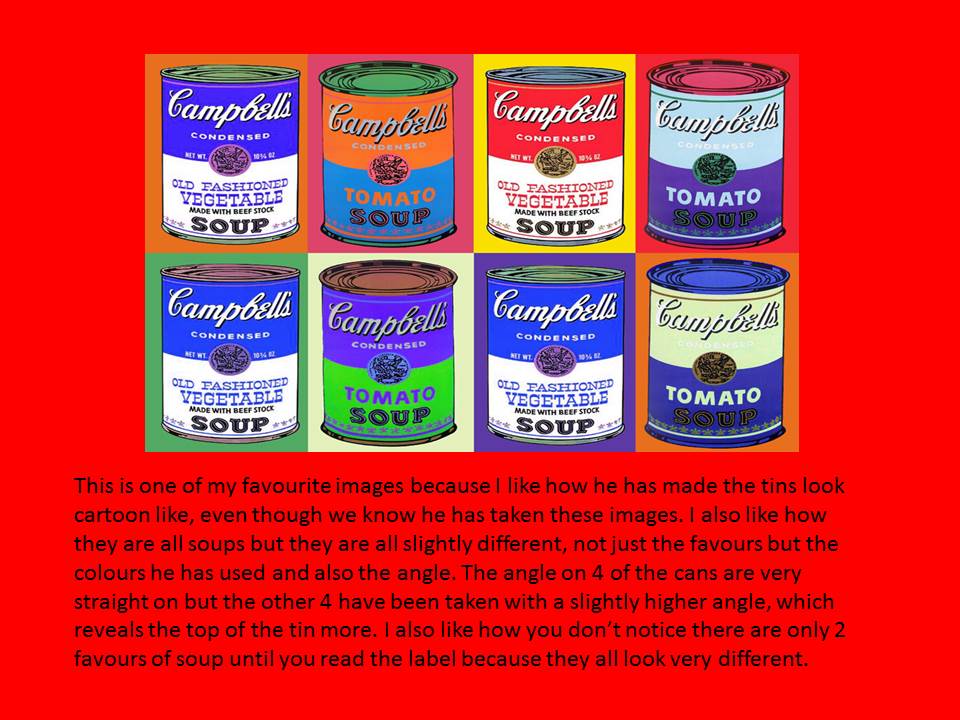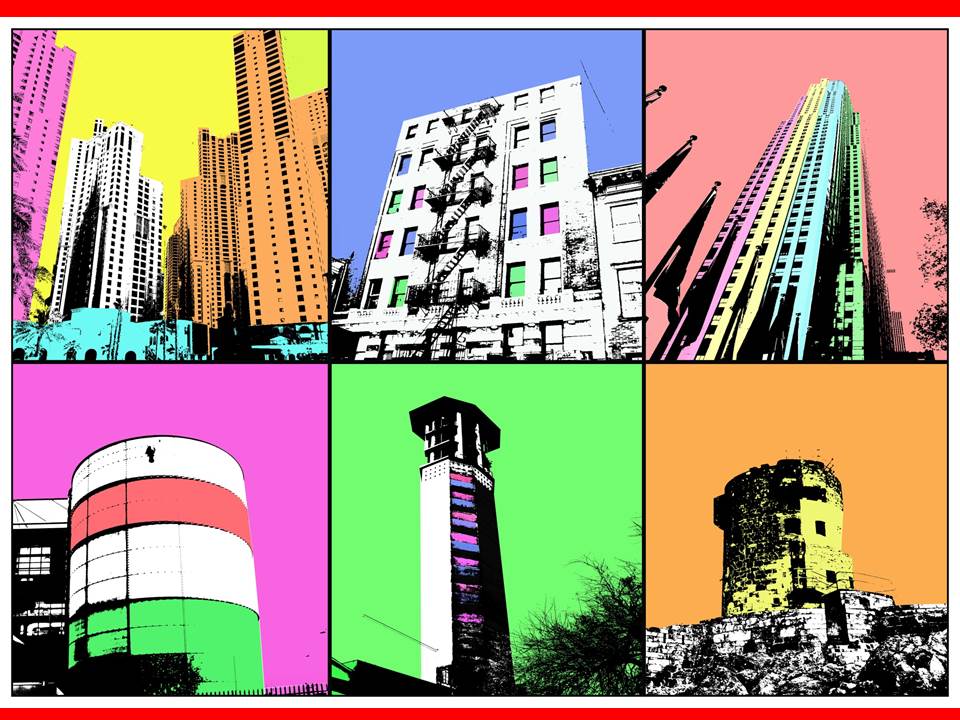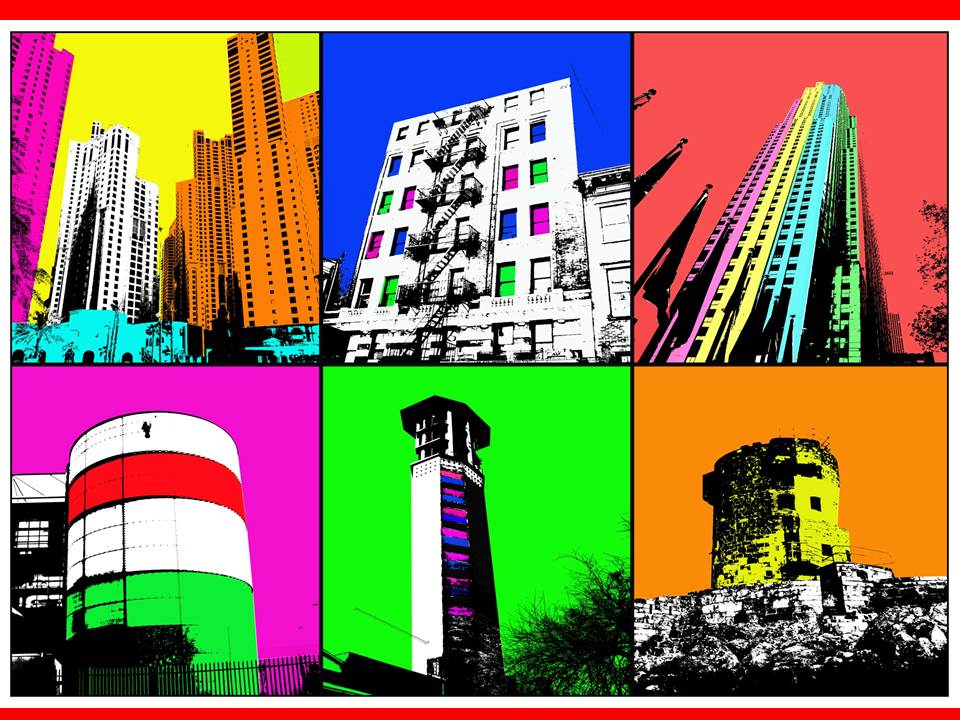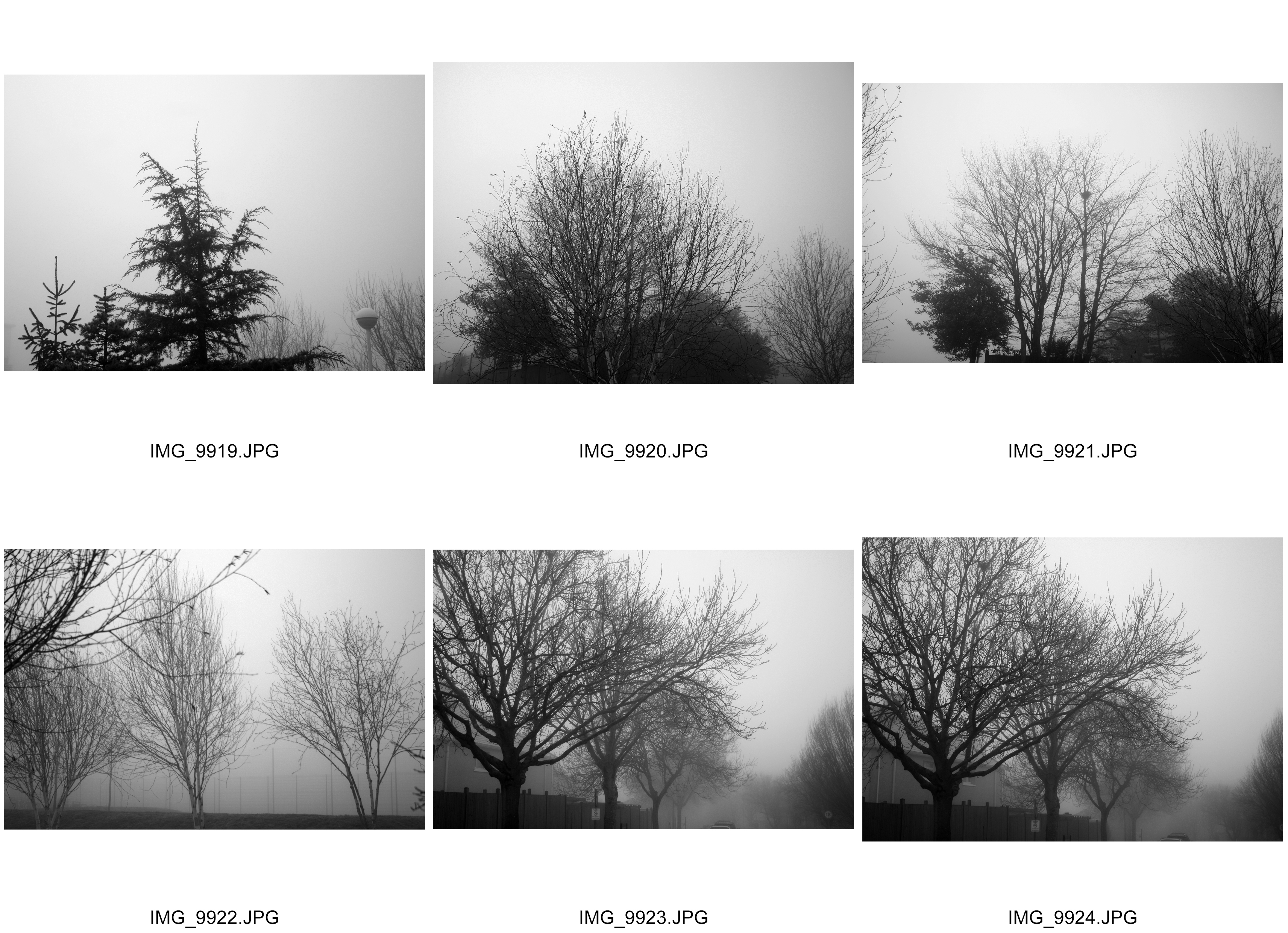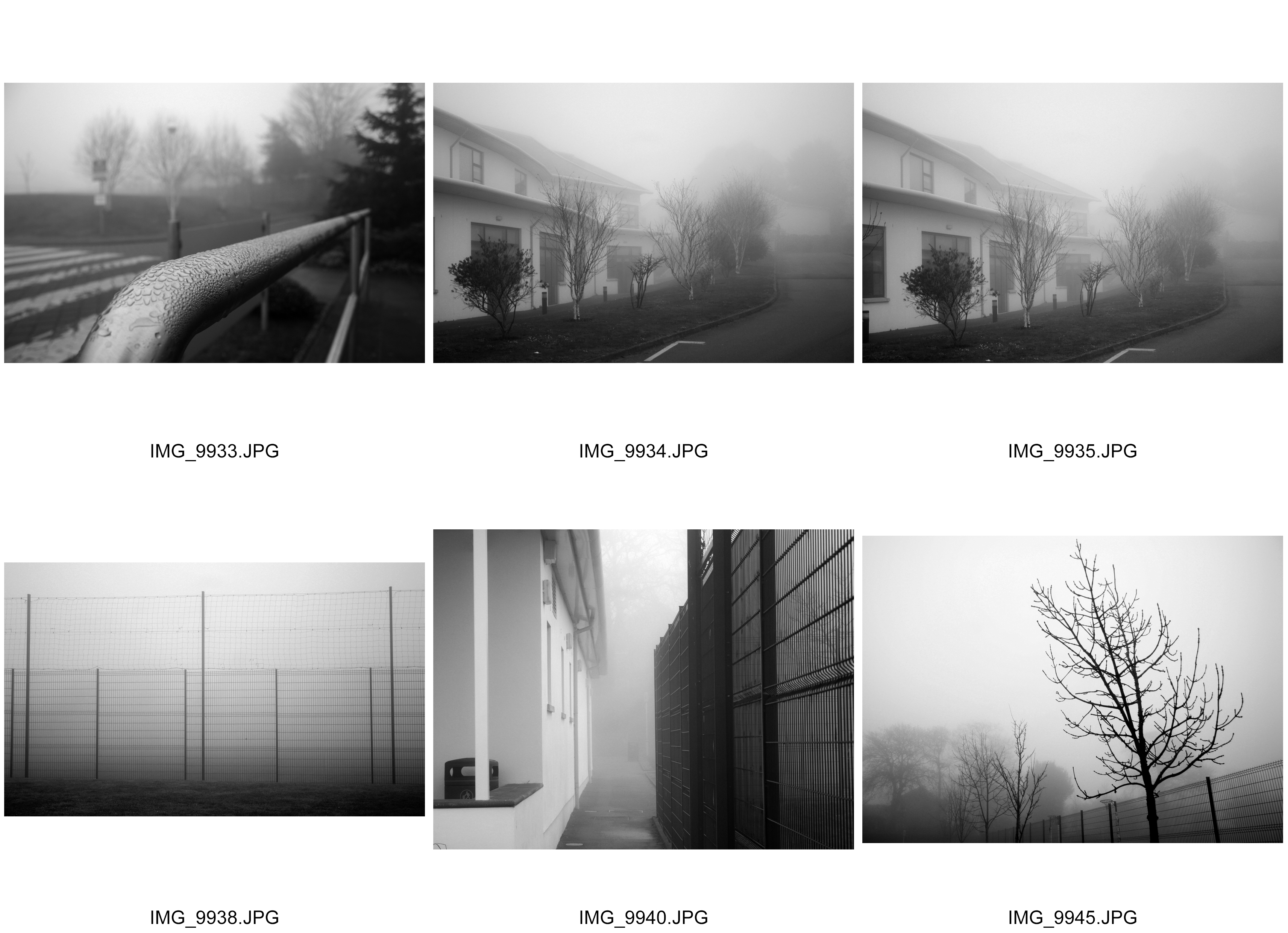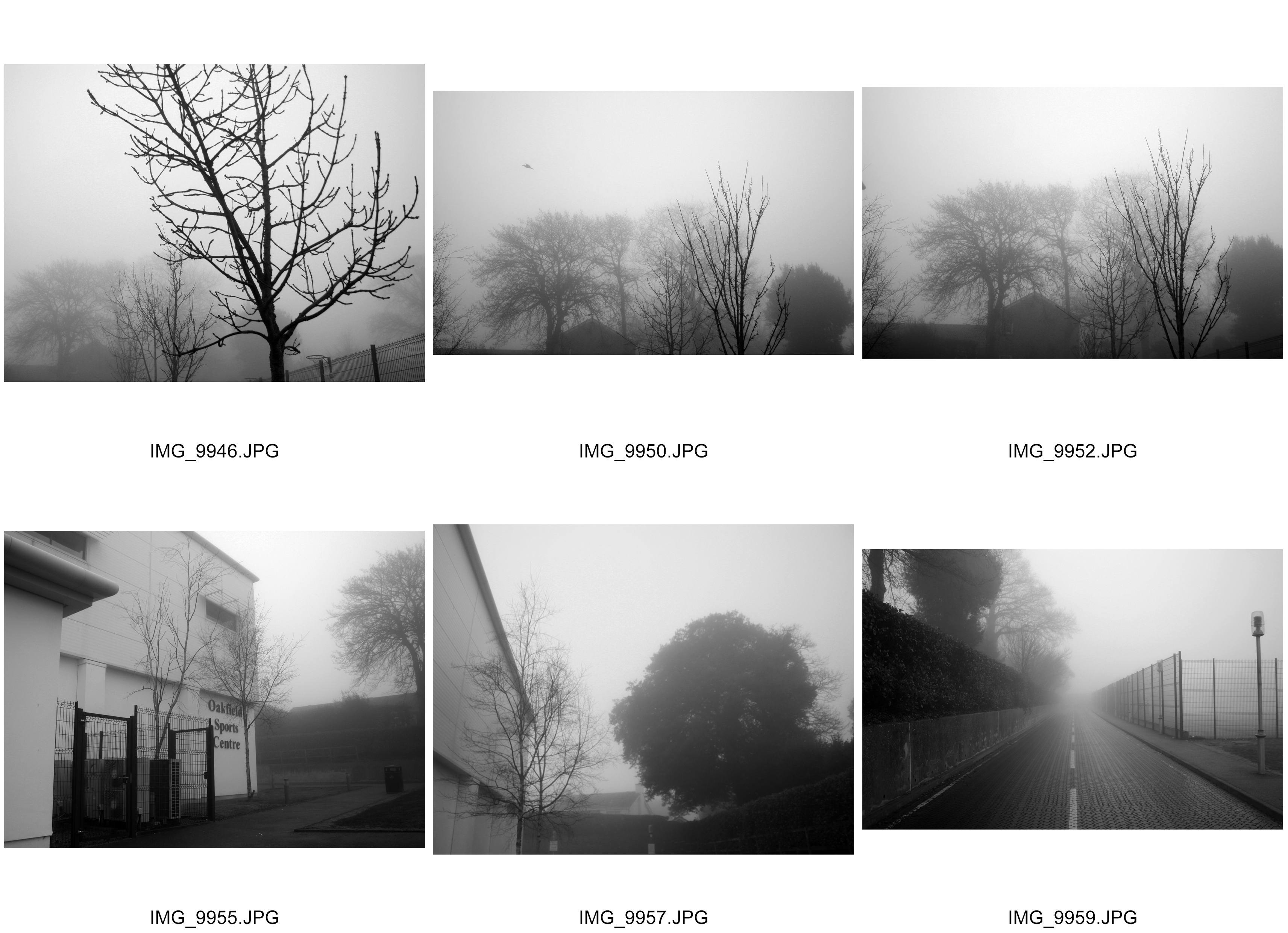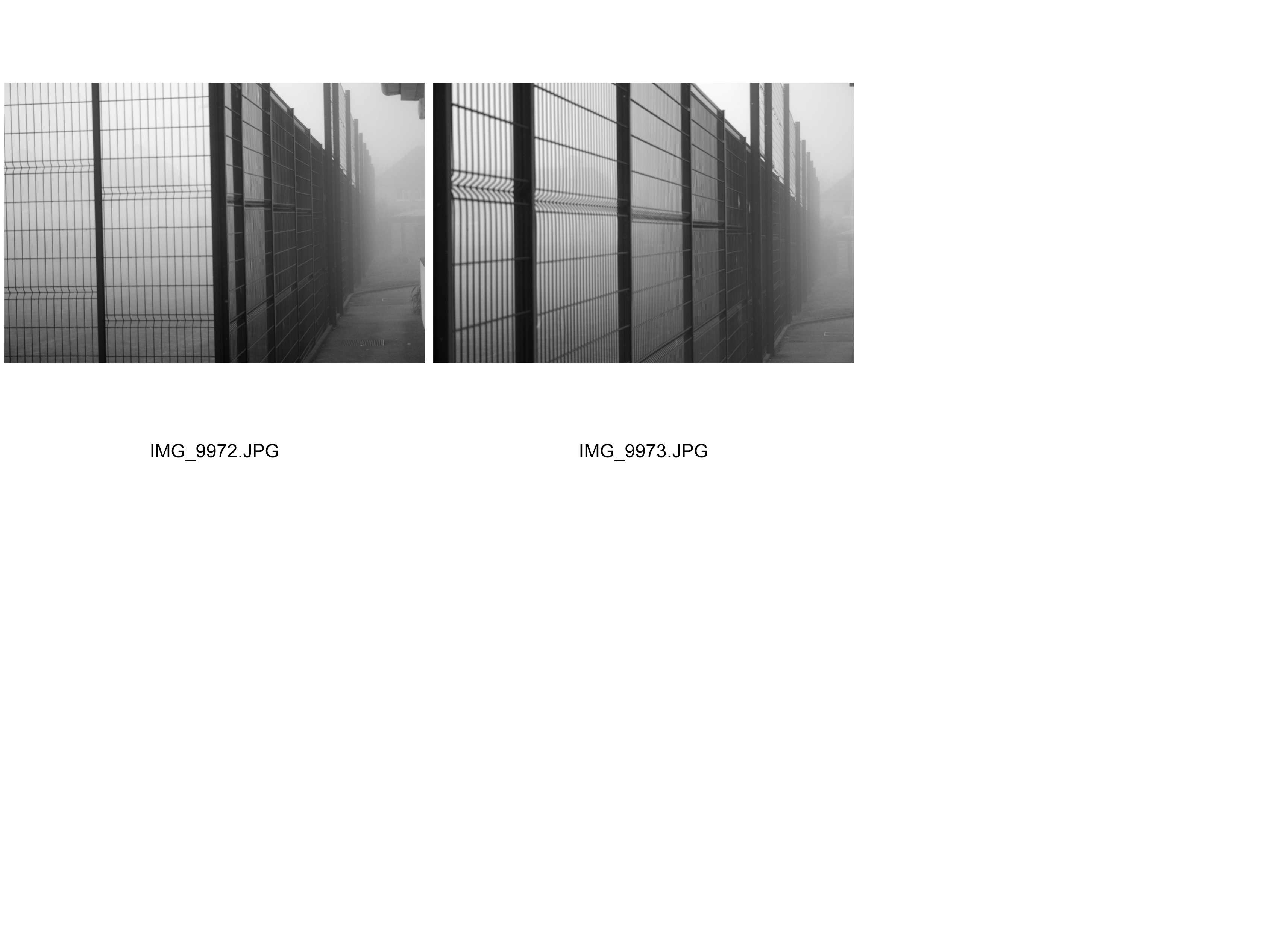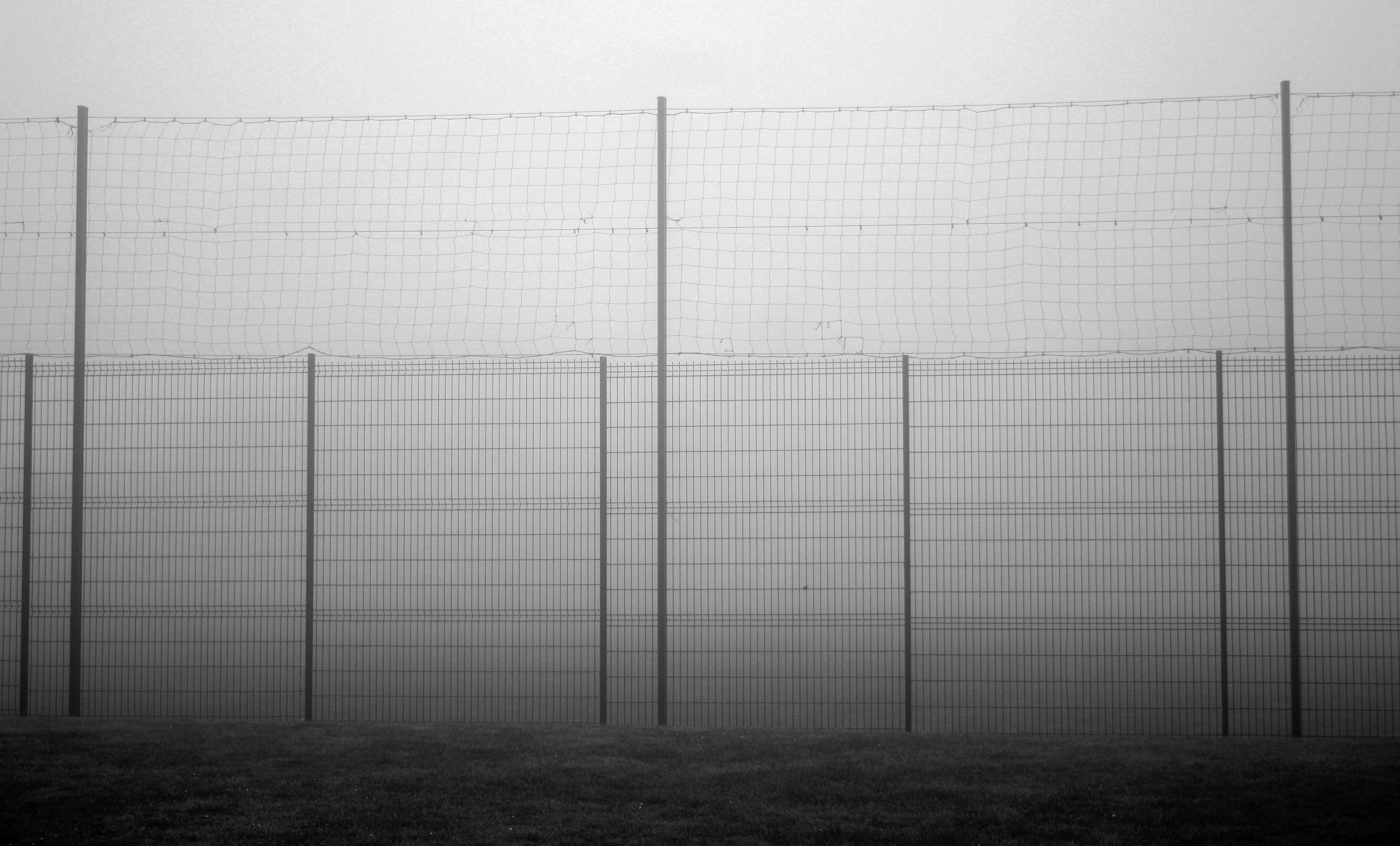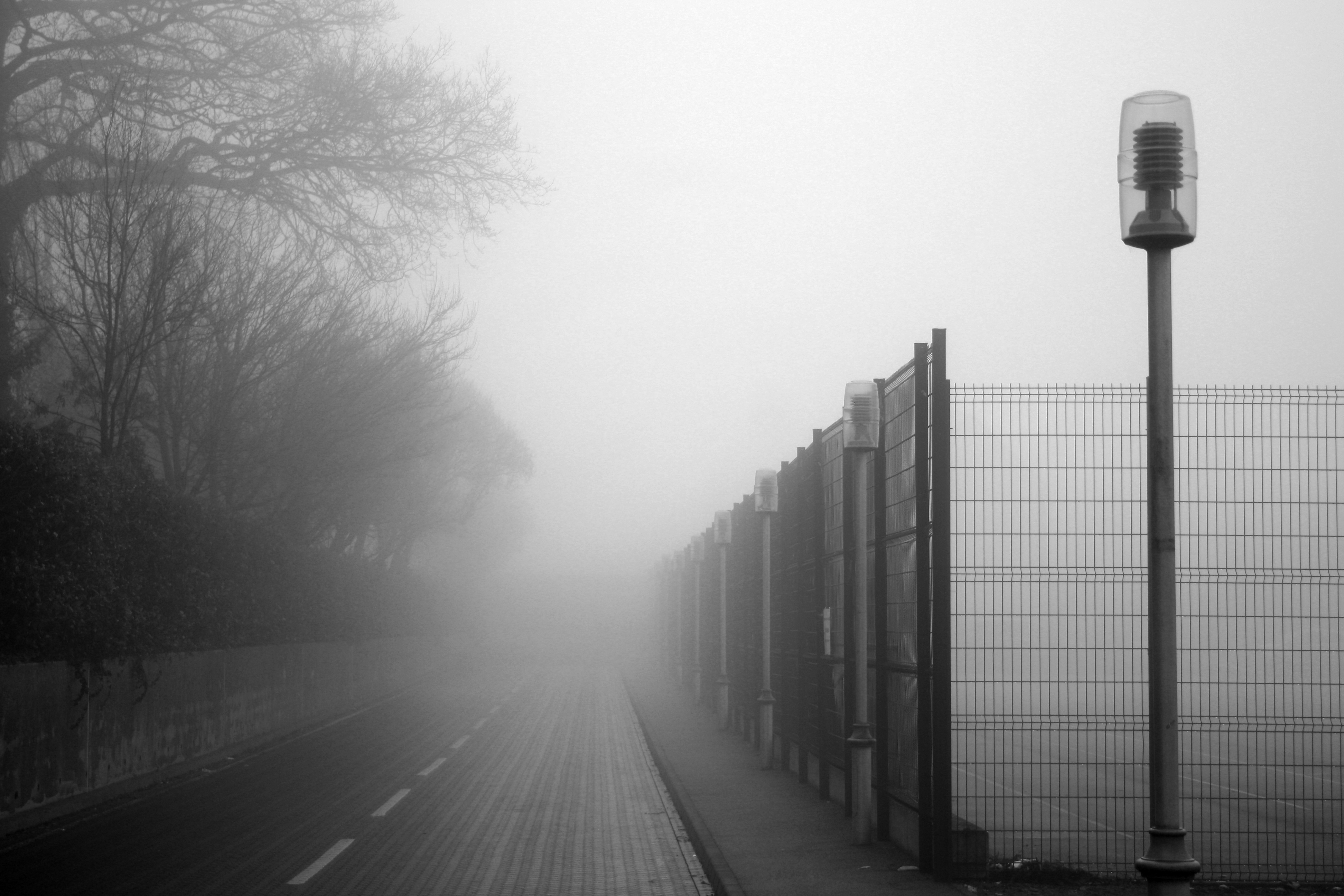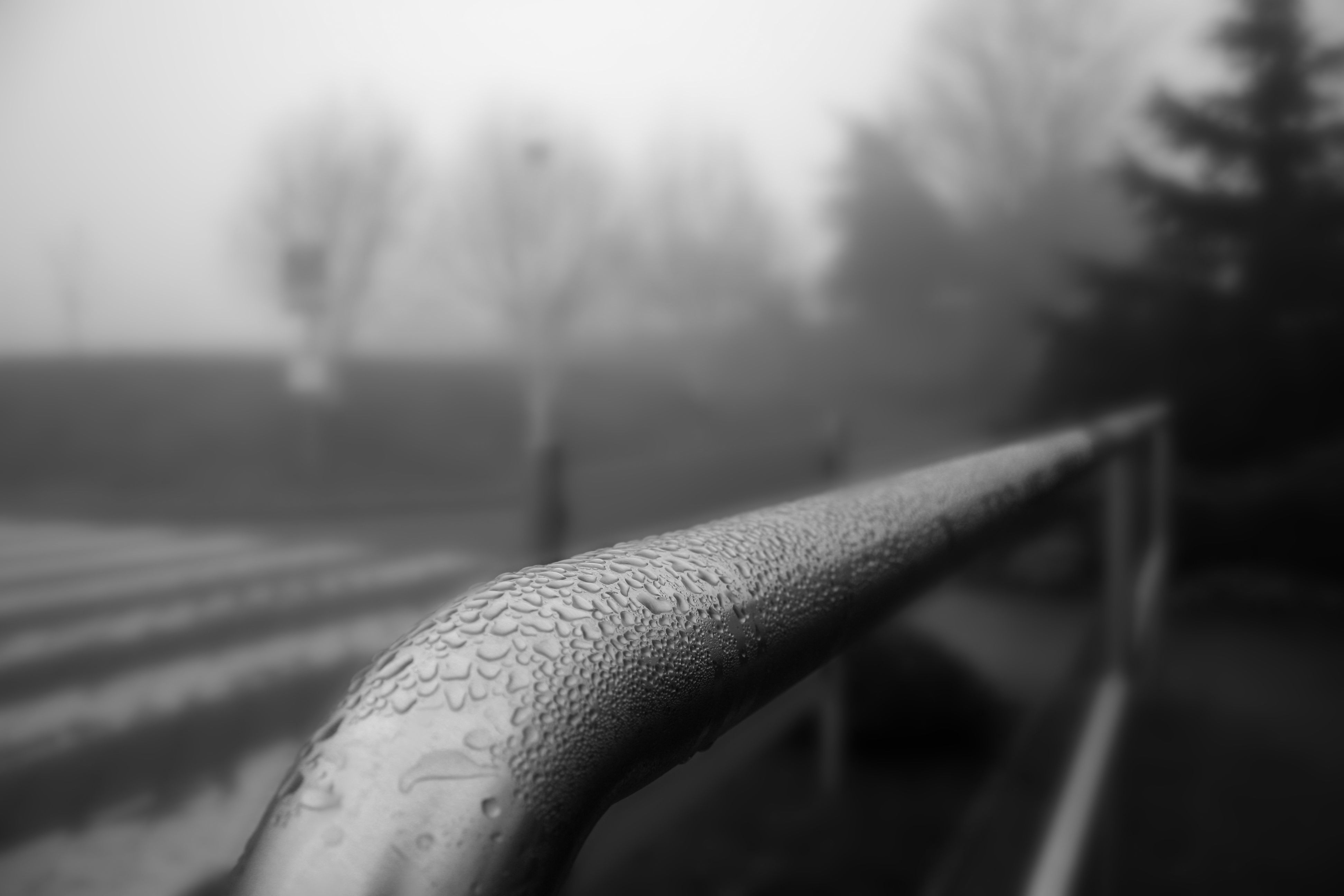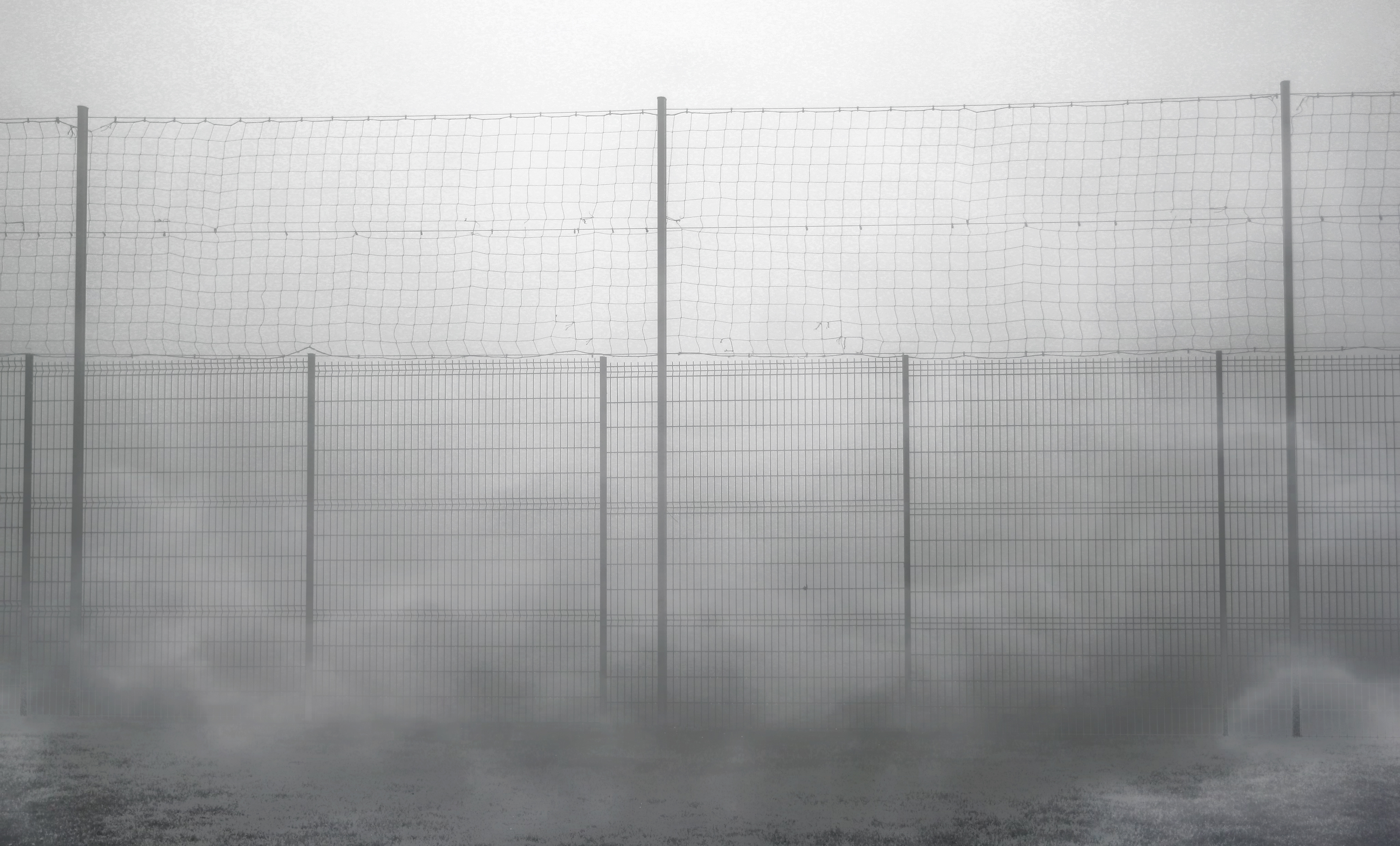Vilde Rolfsen
“A young artist is using photography and found plastic bags to make a beautiful and poignant ethical point” – anothermag.com
He bases most of his images around human obsession with objects and has an interest in consumerism and the way people value objects. He observe how people relate to objects and tries to demonstrate his observations through the use of photography.
For Vilde Rolfsen project into ‘plastic bag landscpes’ he uses plastic bags from the street showing his ability to reuse discarded things and make them have purpose again. This project he did combined commercial photography with fine art practices to make imaginary structures that include beautiful use of staged lighting to bring colour to the landscapes.
“I want people to stop and think about the plastic cups lying around and blowing away. No one cares, because it’s normal” — Vilde Rolfsen
I am doing an artist reference on his work because he has inspired me to show how different objects can relate to different things such as the beautiful landscapes he makes with plastic bags and how people littering these plastic bags is having the very opposite effect on our landscape. I am going to link this photography to nature and environmental images as I feel it has a strong message behind it and is something I want people to realise before littering.
Analysis:
The creases of the plastic bag run throughout the image leading your eye to every aspect of the image and in my opinion this shows the use of patterns and symmetry in the image through these lines but also a sense of repetition with the patterns consistent throughout the whole image and I think this is one of the key parts which makes this image so well planned and thought through.The viewpoint/angle that this image has been taken at is from either looking down into the bag or from a low angle looking into it. I think that these angles have been used to create the abstraction of the image and shows that the artist has submerged himself into the meaning of this shoot. The use of these interesting angles help to create a huge sense of depth and looking at things from a different perspective. The photographer has capture the edges of the bag making the foreground of the image and then again uses the leading lines and patterns of the image to take you deeper back into the image and also getting darker as the depth gets deeper which has connotations of the sea and therefore this image could be representing sea life and littering in the sea. Framing is also evident in this image through the edges of the bag being blurred it focuses our eye on the .centre of the image. Lighting is a really key feature in Rolfdens work as it creates the mood and atmosphere in his images. For example this is one of his darker pieces which gives it a harsher tone. The direction of lighting is coming from outside of the of the bag behind the camera as the closest part of the bag is the most light up and bright area of the image and as the bag is further away it is darker. The quantity of the light is minimal and a soft light making the image easier and calming to look at. Colour in this image draws the whole mood together and is created by coloured cardboard on the outside of the plastic bag illumination it different colours and in each image the use of colours sets a different mood/ atmosphere portraying the message he wants to get across. The texture of these sets of image is also what makes them abstract landscapes as the provide almost another dimension to the photographs through the ripples and creases of the back bringing it too life and is a main element which actual makes the photographs seem as if the are some kind of landscape.
Photo Shoot Plan
| Subjects | Location | Props | Settings | Concept | Lighting |
| – Inside of a plastic bag aiming for the plastic to make different shapes and landscapes | -Photos will be taken in the studio so there is a plane background, no backlight and the use of studio lighting
-The images themselves will also show made up/imaginary landscapes |
-Box light
-Plastic Bags (different shapes/sizes and textures) -Other materials such as tracing paper, tin foil and fabrics to experiment with -Coloured plastic sheets that act as filters – |
-Maual
-ISO:100/200 -Focal length- experiment with zooming in fully for close detail or having fully zoomed out and manually be close to the bag. -F-stop: 5.6 -Exposure time: 1/40, 1/80, 1/10 -NO FLASH – |
-To capture images of plastic bags in macro type images so that they look like wide angled landscapes but have the meaning behind showing the use of recycling
-Colour to give the images depth showing more the type of landscape it is. Eg blue- icey landscape |
– Soft backlight so that the images aren’t over exposed.
-Direction: coming from the side or back of the outside of the back to create shadows on the made up landscapes -Coloured filters infront of the lighting to create coloured lighting which has a softer tone. |
Contact sheets
Experimentation –
Final images
Image analysis
I chose this as my favourite and most successful image from the shoot because i really like the detail and colour that i have managed to capture through the use of lighting. This response to Vilde Rolfsen has a positive yet thoughtful impact showing the use of different material and how they can create beautiful lanscapes along with the colour which is calming and soft has a positive emotional response for the viewers. it is also a close comparison to my artist references images as the mesage and the style is very similar and the outcome also very similar however the difference is the technique and the source of colour and lighting that was used to create my image varies from Rolfsens. This image is of a plastic bag (one of a variety of material i photographed during my shoots) it is a close up macro shot of the inside of the bag making it have an abstract outcome. however still following the theme of landscapes as the bag makes a made up lanscape out of resources found on the streets of the landscape. Other techniques to capture this image include the use of a spot light placed on the floor and a blue filter infront of half of the light so it created this two toned image. The settings used for this image were: F-stops=5.6, ISO=100, Shutterspped/exposure length= 1/40. This allowed the image to be bright and light but not over exposed. I created this soft lighting through lowing the insentity of the light to medium so the quantity was soft following the idea of having calming images. The direction of light is from the rigth side of the bag shown through that the right side is slightly more illumitaed that the left. The colou is also key in this image to bring together the calm sky tones of light blue and white. Framing in this image is created by the use of depth of field, due to the image being focuse on the centre of the image in great deal it has resulted in the outside of the image being blurred first creating a frame for the central focal point of the image but also creating depth. The blurred area is the foreground and the the patterns of the bag go back in the image creating the middle and far ground. Leading lines are also an aspect of this image which makes it successful because the lines of the supposably montains/hills of the landscape create lines through the image taking your eye around the whole image also creating texture to give the image further depth.
Experimenting with Landscapes
Visual Research // Todd Hido
Here are some videos of interviews with Todd Hido, my inspiration for the night photograhy series. These have helped me understand his views on the topic and have aided my knowledge of how to take photos to achieve a positive outcome. I also understand why he enjoys taking the images he does and I have tried to embrace this as much I can in my interpretation.
Bokeh Photography

Here is the final edit of the image from my Abstract Shoot on Bokeh Photography.
Night Photography-Shoot 2
Updated Mock Exam Preparation
Final Images for Landscape
These images were all inspired by Typologies. Typology is the study of types, and a photographic typology is a suite of images or related forms, shot in a consistent, repetitive manner. This series of images I have created show the different and wide range of typologies I am surrounded by.
The angle of the 6 images are the same/similar. They are all taken from a high angle to show the whole leaf, showing the details within the leaf. There are shadows and highlights on the leafs where the light has been weak or intense, creating the contrasts within the individual photographs. This therefore creates a contrast between the light background and the darker images of the leaves. The positions of the leaves are all different but still look fairly similar, 2 of the leafs are directly upright, 2 are slightly tilted to the left and the other 2 are slightly tilted to the right. The leaves are exposed very gently, drawing out certain features of the leaf such as the midrib and the veins in the leaf. The light was directly above me as the photographer and the leaves, although the light is intense in parts of the photo, the light also almost seems soft and gentle on the leaves. The focal point with each individual image is the leaf, however there is no distance or depth added to the image.
I put the images in a group of 6 as i felt that they were similar images and worked well together and was inspired by Karl Blossfelt. For my final piece i created a black border as the image is very formal and felt it suited the theme of the image.
I chose these images because they contrast with the grid of 6 leaves photos as they are natural and honest. However, the images of the man-made structures are informal and more creative so this contrasts with the image of the leaves. All of the images in this group of 6 are similar in a way but also have differences within them such as: the height, the shape and the colours.
This image is similar to the first one i presented as the angles are all from a high angle, they are all images of the ground. The images are of bark, leaves, small plants and sticks. These images don’t have a particular focal point as they are pattern type photos. This image shows nature in its purest and honest form.
Andy Warhol Inspiration- Pop Art
Exploring Abstraction in a different light
In this shoot I wanted to experiment with abstract shapes around in a very foggy environment. This was a perfect opportunity to explore abstraction because the fog added a very surreal touch to the photographs, giving an enhanced appearance of different shapes in the fog. I enhanced the earyness of the photographs by increasing the contrast and decreasing the brightness a lot. This way, I could make the shadows and outlines of the trees and other objects more bold whilst increasing tones of grey from the fog to compliment each other. I believe this shoot was successful because I felt more able to explore the features of abstraction in photographs using these natural techniques.
Best Photographs:

